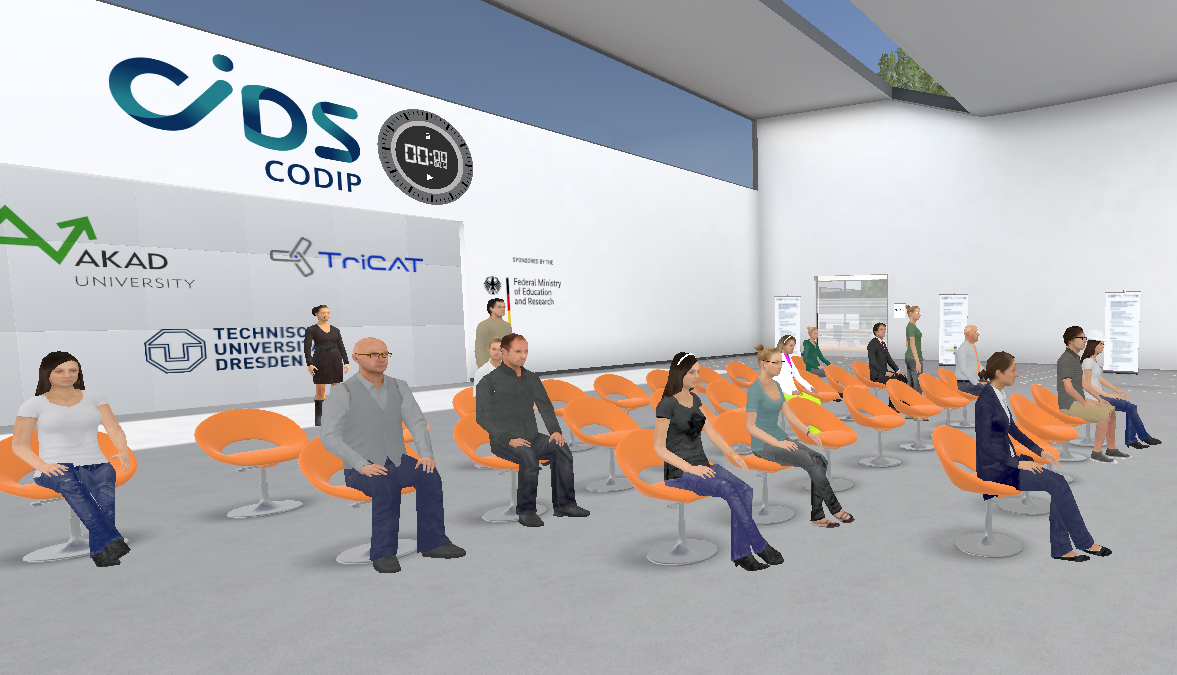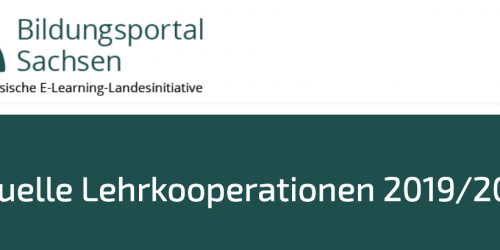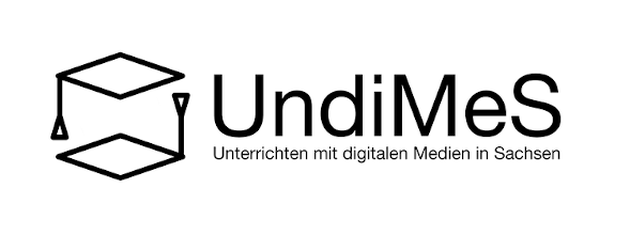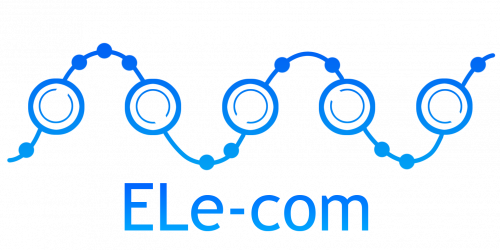MyEduLife: Results of the online survey of continuing education participants
How are continuing education certificates currently stored and used? How could this be done digitally in the future? The project MyEduLife aims to use blockchain technology to create a comparable, verified and networked way to document professional training activities in an application (wallet). In order to take the requirements of the user groups into account, the current usage routines of training participants and the storage methods of the evidence were recorded using an online survey.
More than 13,000 participants were contacted via the various channels of the project and cooperation partners, of which 385 answered the extensive questionnaire.
The following figure shows that the majority of respondents come from medium-sized and large companies. The color distinctions also show that the majority of participants in further training come from the service sector, while the construction industry is the least represented. The distribution of participants in further training by age group within the various company sizes and sectors can be seen from the labels in the individual boxes. Both the industry distribution and the distribution by company size are almost identical on average across Germany to the distribution in the survey - with the exception that the area of agriculture and forestry/fishing (approx. 11% on average across Germany) is not represented in the participant survey.
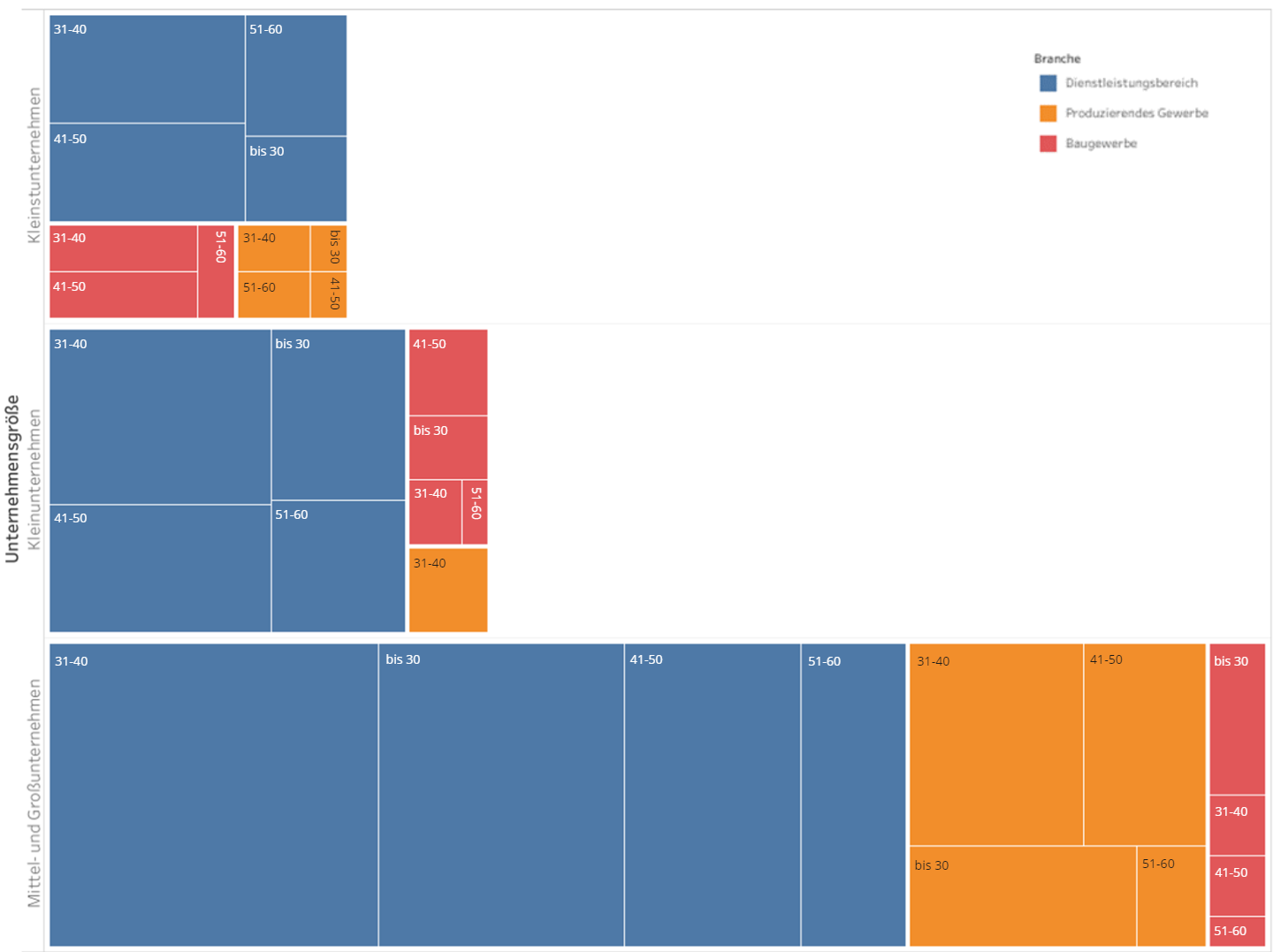
Based on the number of training courses attended in the last three years, it was found that the majority of respondents (72% of respondents) receive around one certificate of further training per year. A further 14% receive one to two certificates per year, and around 7% even receive more than two. Only 8% had not attended any training in the last three years and therefore did not receive any certificates. Despite the pandemic conditions, the certificates of further training were mainly issued to participants in paper form (around 90% of respondents) in the further training sector. Most often, certificates are kept in the form in which they were issued - paper certificates in paper form and digital certificates in digital form. In some cases, however, purely analogue or, less frequently, digital forms of storage are used, and all certificates are printed out or digitized accordingly.
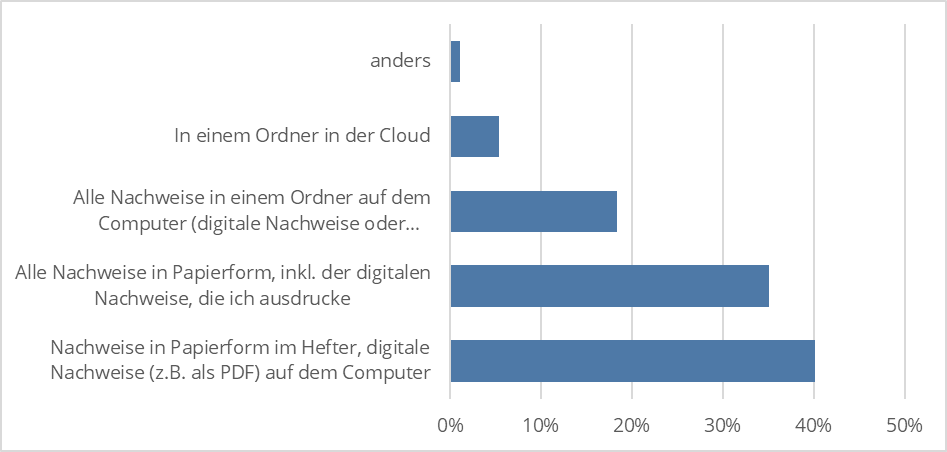
In addition to the storage method, the reasons for using and sharing evidence were also asked. This occurs most frequently in the context of personnel development (57%) and for applications within Germany (49%). For mandatory evidence or applications within Europe, evidence of further training plays only a minor role.
With regard to the development of an application for storing and organizing continuing education certificates in the project, participants were asked to rate possible functions according to their importance. The three most important functionalities are:
- a proof of authenticity that is available at all times
- the function to export individual documents as PDF
- the possibility to add older evidence.

The survey results, in particular the high willingness to use it among participants (70%), show that there is great interest in a digital application for storing and proving the authenticity of continuing education certificates.
In connection with the wishes and requirements of the training participants for the application, the requirements of other user groups (educational institutions, companies) will also continue to flow into the upcoming development steps. Further survey results will soon be presented and published at the GeNeMe Conference 2022 (Community in New Media) and as a research report.
Authors: Björn Adelberg, Dr. Jörg Neumann, Jana Riedel, Lydia Stark

